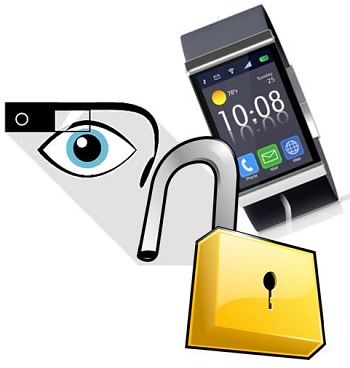The professors have already received $380,000 in funding to help them to accomplish their research.
Two professors from Wichita State University have now received $380,000 in funding in order to discover whether wearable technology is as safe as it needs to be for mainstream consumer use.
The idea is to determine if this latest mobile tech craze is revealing more about people than they know.
The use of wearable technology – such as smartwatches, wristbands, fitness trackers, smartglasses, and others – is starting to grow. It remains somewhat of a niche market, but it is definitely growing to the point that it has the potential to be the next multimillion dollar tech craze. That said, as has been the case with every other form of connected computing, there is a chance that cyber attacks could occur with these devices, and that they could end up revealing far more about the wearers than they realize.
Therefore, the two profs are now aiming to keep wearable technology ahead of wrong-doing hackers.
 According to Murtuza Jadliwala, he and his team are “actually investigating the cyber security and privacy issues linked to wearable devices.” The funding for this project came in the form of a grant from the National Science Foundation. In this project, Jadliwala – who is a computer scientist and electrical engineer – and Jibo He, a psychologist and computer scientist, will work together with their team in order to find out if smartphone, smartwatch, and fitness tracker sensors are revealing too much information about their users.
According to Murtuza Jadliwala, he and his team are “actually investigating the cyber security and privacy issues linked to wearable devices.” The funding for this project came in the form of a grant from the National Science Foundation. In this project, Jadliwala – who is a computer scientist and electrical engineer – and Jibo He, a psychologist and computer scientist, will work together with their team in order to find out if smartphone, smartwatch, and fitness tracker sensors are revealing too much information about their users.
Jadliwala stated that “What we are trying to study is, data available from these devices, what kind of additional private information can be inferred from this data?” These professors aren’t trying to look at whether or not hackers will be able to break into a device to steal personal information. Instead, what they are trying to determine is how accessible the sensors on wearables are to others, when they are meant to be tracking the wearer’s health information, location, and even the keystrokes entered when typing a search, login, or password.
They also want to see if the motion sensors inside wearable technology can reveal what is being typed into a smartphone. According to He, this is “So we’ll know who you dialed to or we’ll know what’s your password of your email or how to unlock your smart phone.”

 On June 7, 2014, that company’s Security Response team looked at the most popular mobile apps at the Apple App Store and examined the most popular iOS compatible offerings within the free “health & fitness” category. It then tested the 100 most popular options within that category. Among them, there were 57 that were also available in the Google Play store so that Android device users would be able to them. Those 57 were also researched on the Android side, by the Symantec team.
On June 7, 2014, that company’s Security Response team looked at the most popular mobile apps at the Apple App Store and examined the most popular iOS compatible offerings within the free “health & fitness” category. It then tested the 100 most popular options within that category. Among them, there were 57 that were also available in the Google Play store so that Android device users would be able to them. Those 57 were also researched on the Android side, by the Symantec team.